North America : Market Leader in Pet Food
North America is the largest market for dry pet food, accounting for approximately 45% of the global market share. The region's growth is driven by increasing pet ownership, a trend towards premium pet food products, and a growing awareness of pet health and nutrition. Regulatory support for pet food safety and quality standards further catalyzes market expansion. The U.S. is the primary contributor, followed by Canada, which holds about 10% of the market share. The competitive landscape in North America is characterized by major players such as Nestle Purina PetCare, Mars Petcare, and Hill's Pet Nutrition. These companies dominate the market with a wide range of products catering to various pet dietary needs. The presence of innovative brands like Blue Buffalo and WellPet also enhances competition, driving product differentiation and quality improvements. The market is expected to continue evolving with trends towards organic and natural ingredients.
Europe : Emerging Trends in Pet Nutrition
Europe is witnessing significant growth in the dry pet food market, holding approximately 30% of the global share. The demand for premium and organic pet food products is rising, driven by changing consumer preferences and increased pet ownership. Regulatory frameworks in the EU promote high safety and quality standards, which further support market growth. The UK and Germany are the largest markets, collectively accounting for about 15% of the total market share. Leading countries in Europe include the UK, Germany, and France, where major players like Royal Canin and P&G Pet Care are well-established. The competitive landscape is marked by a mix of multinational corporations and local brands, fostering innovation and product diversity. The trend towards sustainability and health-conscious pet food options is reshaping the market, encouraging companies to adapt their offerings to meet consumer demands. The European market is poised for continued growth as pet owners increasingly prioritize quality and nutrition.
Asia-Pacific : Rapid Growth in Pet Ownership
Asia-Pacific is rapidly emerging as a significant player in the dry pet food market, holding about 20% of the global share. The region's growth is fueled by rising disposable incomes, urbanization, and an increasing trend of pet ownership, particularly in countries like China and India. Regulatory improvements in food safety and quality standards are also contributing to market expansion. China is the largest market in the region, followed by Japan, which holds a substantial share as well. The competitive landscape in Asia-Pacific is diverse, with both international and local brands vying for market share. Key players include Nestle Purina and Mars Petcare, alongside regional brands that cater to local tastes and preferences. The market is characterized by a growing demand for premium and specialized pet food products, reflecting changing consumer attitudes towards pet care. As pet ownership continues to rise, the market is expected to expand further, driven by innovation and product development.
Middle East and Africa : Untapped Market Opportunities
The Middle East and Africa represent an emerging market for dry pet food, currently holding about 5% of the global share. The growth in this region is driven by increasing pet ownership, urbanization, and a shift towards premium pet food products. Regulatory frameworks are gradually improving, which supports market development. South Africa and the UAE are the leading markets, contributing significantly to the regional share, with South Africa being the largest market in the region. The competitive landscape is evolving, with both international and local brands entering the market. Key players include Nestle Purina and local brands that cater to regional preferences. The demand for high-quality and nutritious pet food is on the rise, reflecting changing consumer attitudes towards pet care. As the market matures, opportunities for growth are expected to expand, particularly in urban areas where pet ownership is increasing.


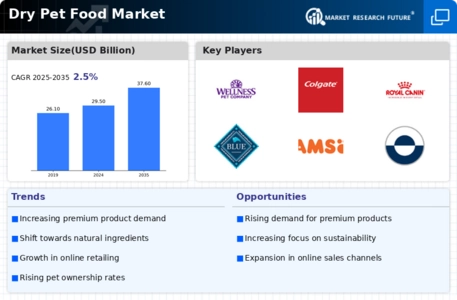
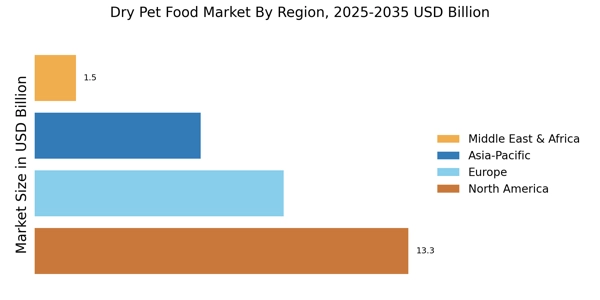
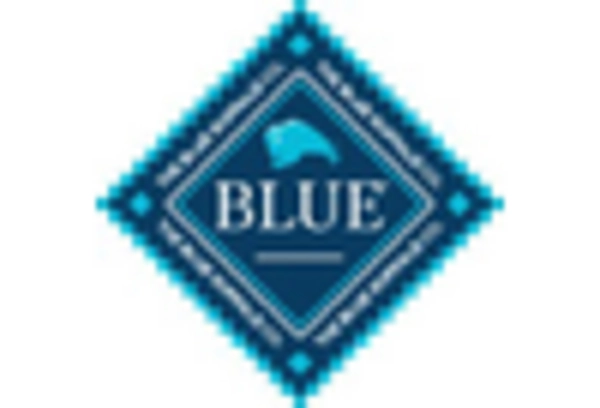
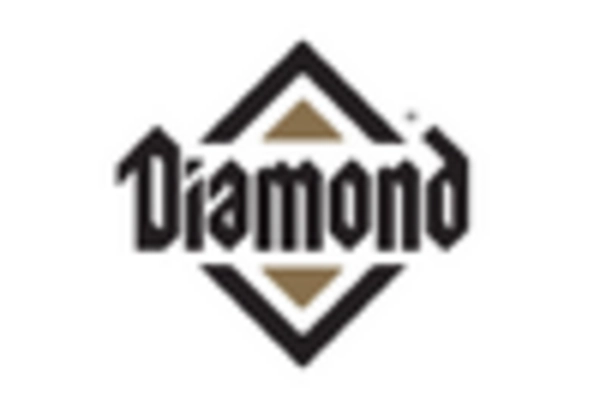
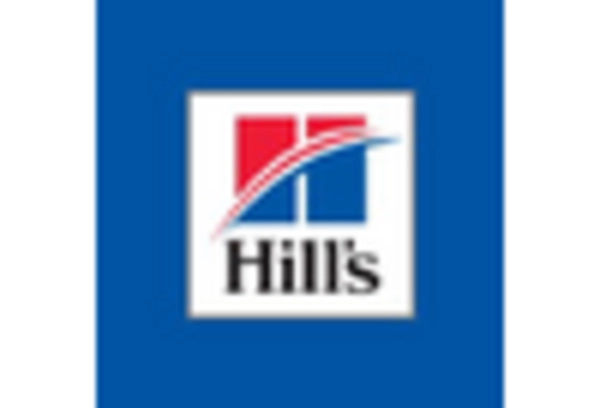
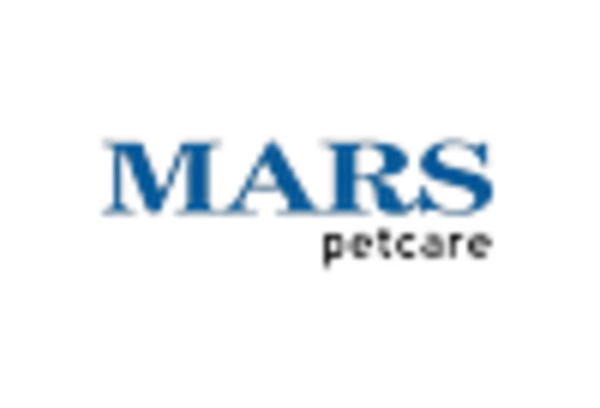
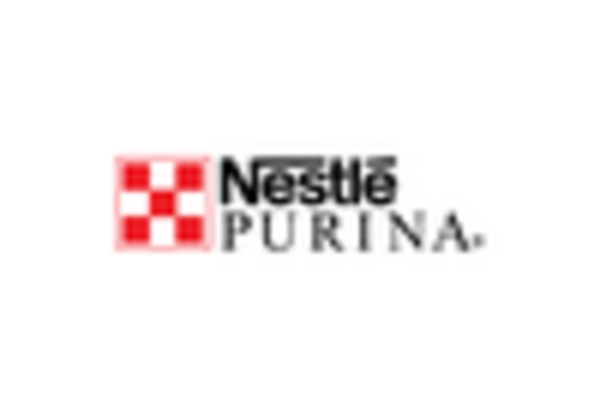
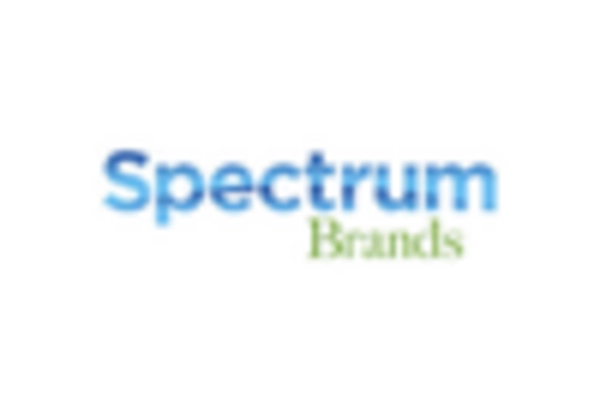








Leave a Comment